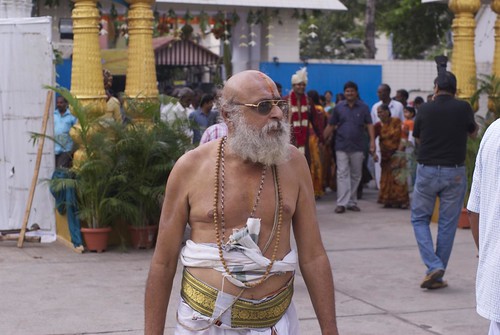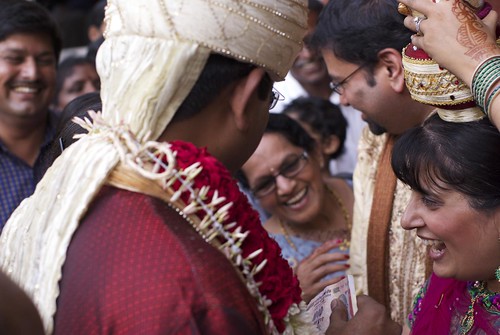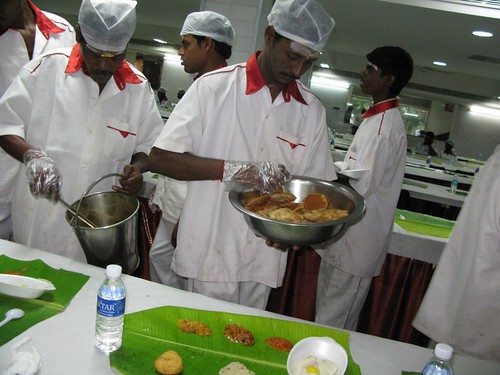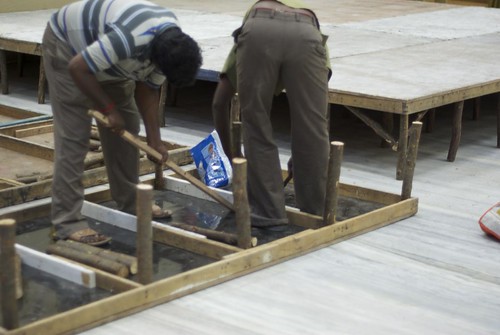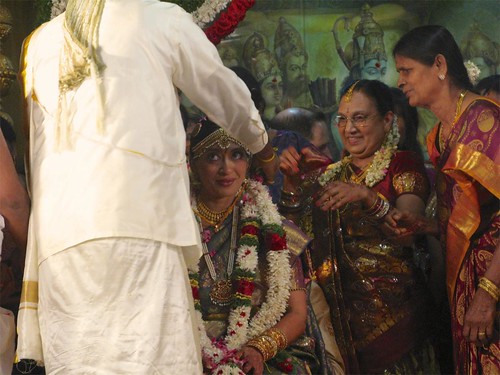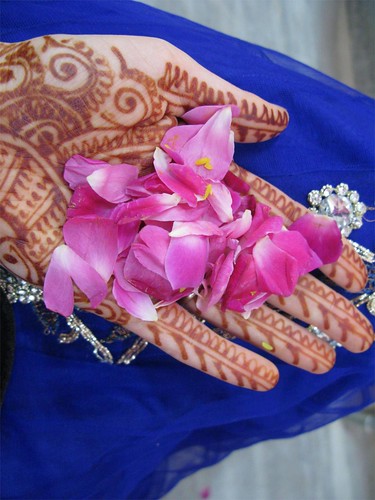So, India! We went!
I am always at a bit of a loss when it comes to describing trips to such iconic places. Like I should have more to say, or have come to some great spiritual revelation, or have tales of a long, strange trip, returning with tales of the walrus, set to sitar music, koo koo ka choo.
The reality is, we were Western tourists. Strangers in a strange land. Observers for a brief time in one of the most populated, chaotic, colourful, cultural places on earth.
First thing you notice, that everyone says but you can’t really fathom until you feel it, is the mass of humanity. Especially having grown up in a place like Canada, where you could literally walk for days without seeing another human, it’s a bit disconcerting to realize that you will never, ever, truly be alone.
Along these lines, the only personal space you’re entitled to is the physical space you’re occupying at any given moment. Nowhere was this more evident than during the wedding.
Totally contrary to what one expects at a Western wedding, the only people who seem to be expected to pay attention for the duration are the bride, groom and priest. Various family members float in and out to participate or observe, while elsewhere in the venue there is a stream of guests eating in the dining hall. This, by the way, is how you deal with a 1500(+) person wedding. With a steady flow of people in and out, eating, watching, or catching up with neighbours, there are never more than a few hundred in any one area at once. As a guest, there’s no pressure to be anywhere or do anything in particular, so it all feels very smooth.
Even the wedding hall (nay, even the wedding stage) is not exempt from the “personal space” rule. The ceremony part of the wedding hall is about the size of a high-school gymnasium, with a stage at each end. On one side, the bride and groom are going through the rituals associated with being married. On the other side, the wedding band is playing music. And somewhere in the middle, there is a crew of men building another stage for a dance performance the next evening.
That’s right. Wedding on one side, music on the other, hammers, nails, plywood, logs and foremen in the middle. Not because of a lack of time to do it beforehand, but because why would you do it earlier? I am told this isn’t unusual. After all, the wedding is *over there*. On the other side of the room.
But even the ceremony stage itself wasn’t immune to distraction. One of my favourite moments was when the groom’s sister was participating in part of the ceremony. She was up on stage with the rest of the family, standing just behind the bride and groom, talking on her cell phone the entire time. She paused the call when it came time for her to play her part, then resumed talking again once the focus had shifted on to the next set of prayers & blessings.
This one was maybe a bit more unusual, but none of the Indians seemed phased. After all, she’s a doctor, and the ceremony is three full days long, with astrological charts dictating the particular times certain things need to happen. You do what you’ve gotta do.
But don’t let the overall nonchalance fool you.
Most people did find their way into the wedding hall for the moment the groom tied the mangalsutra around the bride’s neck. And when he did, the hall erupted into 1000 cheers of celebration, and 1000 pairs of hands let fistfuls of vibrant pink petals fly into the air to shower the happy couple with love, light, happiness and prosperity.
